By Andrew Rasch
Published: Tuesday, February 6, 2024
You know how to keep yourself cool – put on a pair of shorts, switch on the fan or air conditioning and grab a cold beverage.
Unfortunately, it isn’t so easy for our pets, and they rely on us to help them cope with hot weather. Here are six ways you can keep your animals cooler and safer this summer.
1. Keep your pet hydrated
Plenty of clean, fresh water is an animal’s best friend in summer, so make sure your pets have a steady supply in a shaded area.
Change the water regularly and use a non-tippable container or put a few water sources around the backyard in case one spills.
You can even freeze your dog’s food so they can lick it like an ice block – your pet will love it as much as we love Golden Gaytimes.

2. Avoid the sun’s rays
When the temperature soars, keep your animals out of the sun as much as possible. Bring dogs and cats inside where they can lie on cooler surfaces like tiles.
In really hot weather, bring caged pets, such as rabbits, birds or rodents, inside if you can, or at least put them in a shady spot outside.
Keep your bird cool by spraying it occasionally with fine mists of water and don’t disturb it during the day. The heat will increase your bird’s heart rate and stress levels, so it’s best to leave it alone as much as you can.
If you have a fishpond, shade it with a beach umbrella and if you own chooks, wet down their run so they can sit on the ground to keep cool.
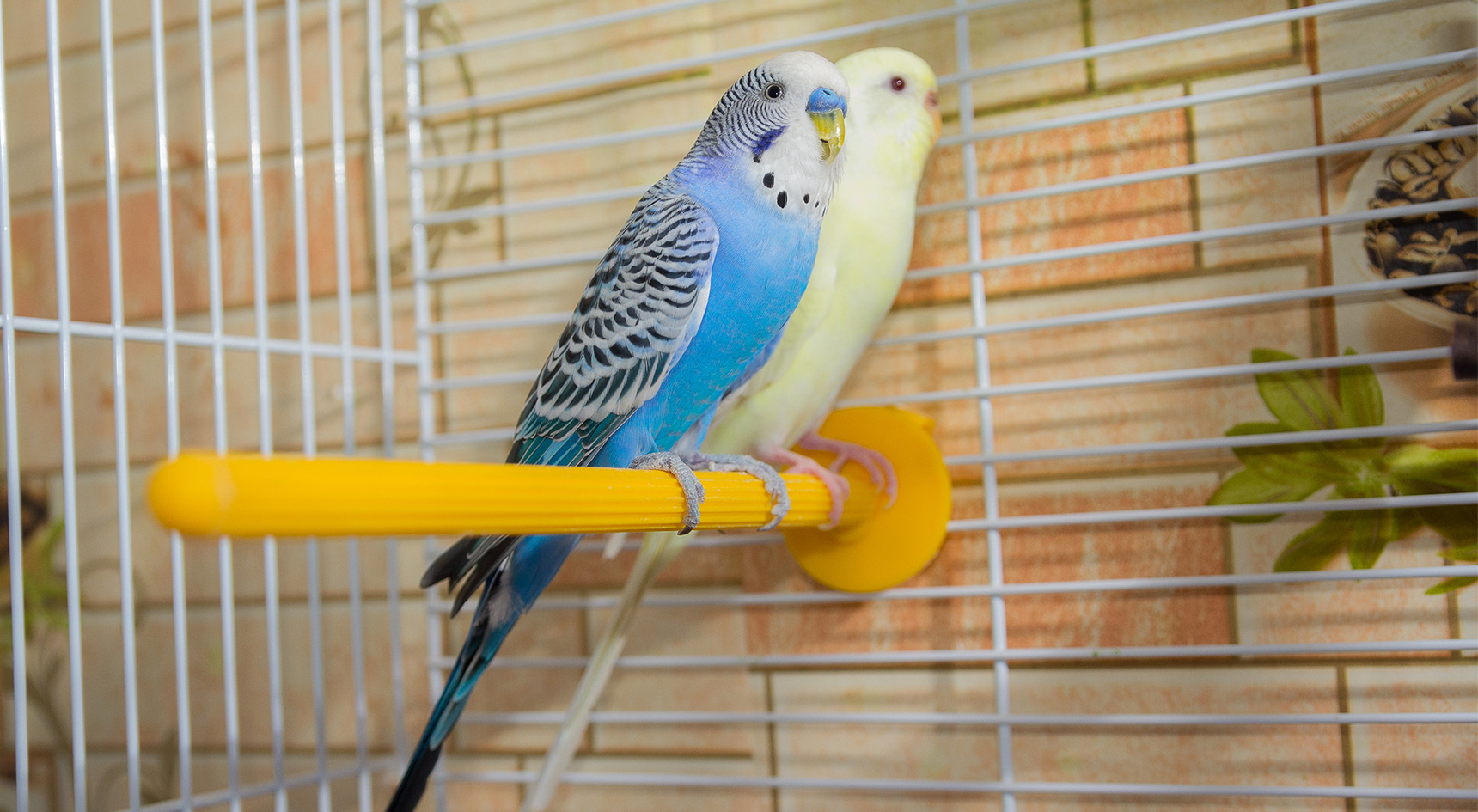
3. Walk your dog at dawn or dusk
Avoid the hottest parts of the day by walking your dog at dawn or dusk and be mindful of the ground temperature.
The RSPCA suggests the five-second rule to check the temperature. Place the back of your hand on the surface for five seconds and if it’s too hot for you, it’s too hot for your dog’s paws.
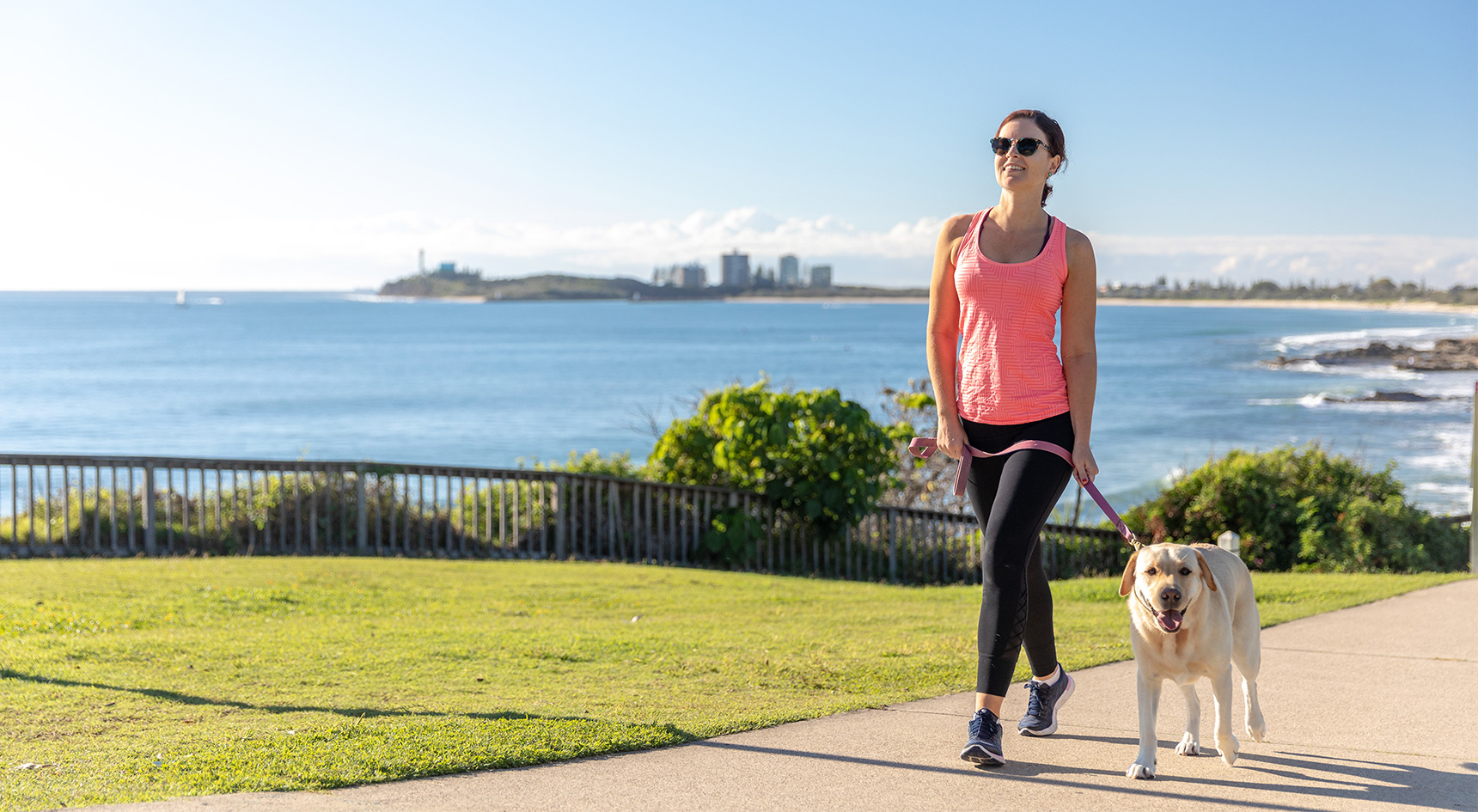
4. Keep pets out of cars
It doesn’t have to be a heatwave for car temperatures to skyrocket. Even on a mild day, the inside of a car can be 50C within 30 minutes and your pet won’t survive those conditions for long.
Even if you’re only gone for a few minutes and you’ve opened a window, never leave your dog or other pet in the car or the tray of your ute. If you’re heading out and will be parking the car, leave your pet at home.
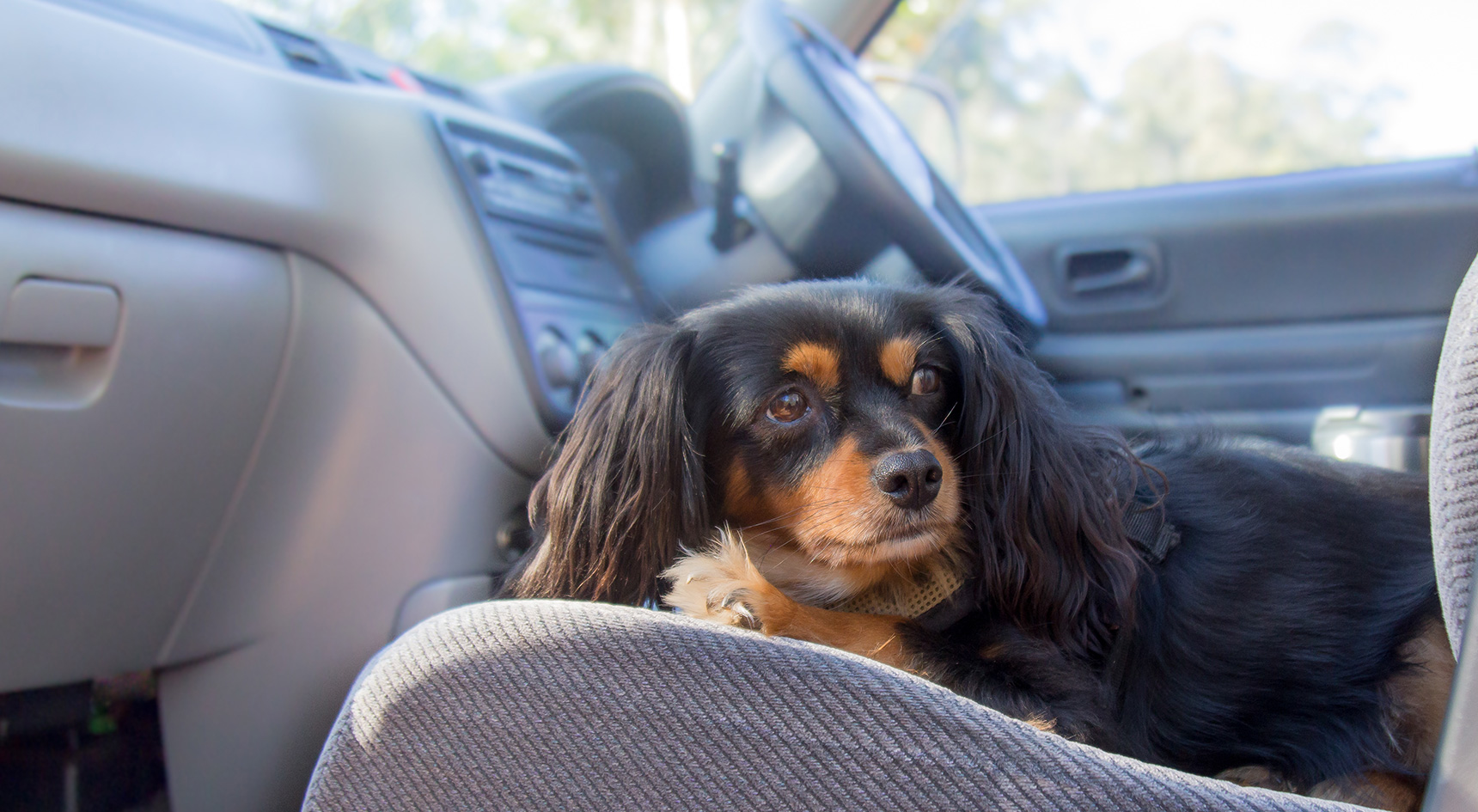
5. What about native wildlife?
We’ve all seen those viral videos of koalas hoisting themselves on the back porch and sipping from the dog’s water bowl.
However, South Australia’s Department for Environment and Water (DEW) generally advises against regularly providing food or water to wild animals. It can lead to poor nutrition, aggressive behaviour, and physical injury to the animal and over time, wild creatures can become dependent on humans.
Instead of leaving food and water out over the summer, consider planting shady native shrubs or installing nesting boxes in trees.
Providing water to wild animals after emergencies like bushfires is different and DEW has advice for those circumstances.
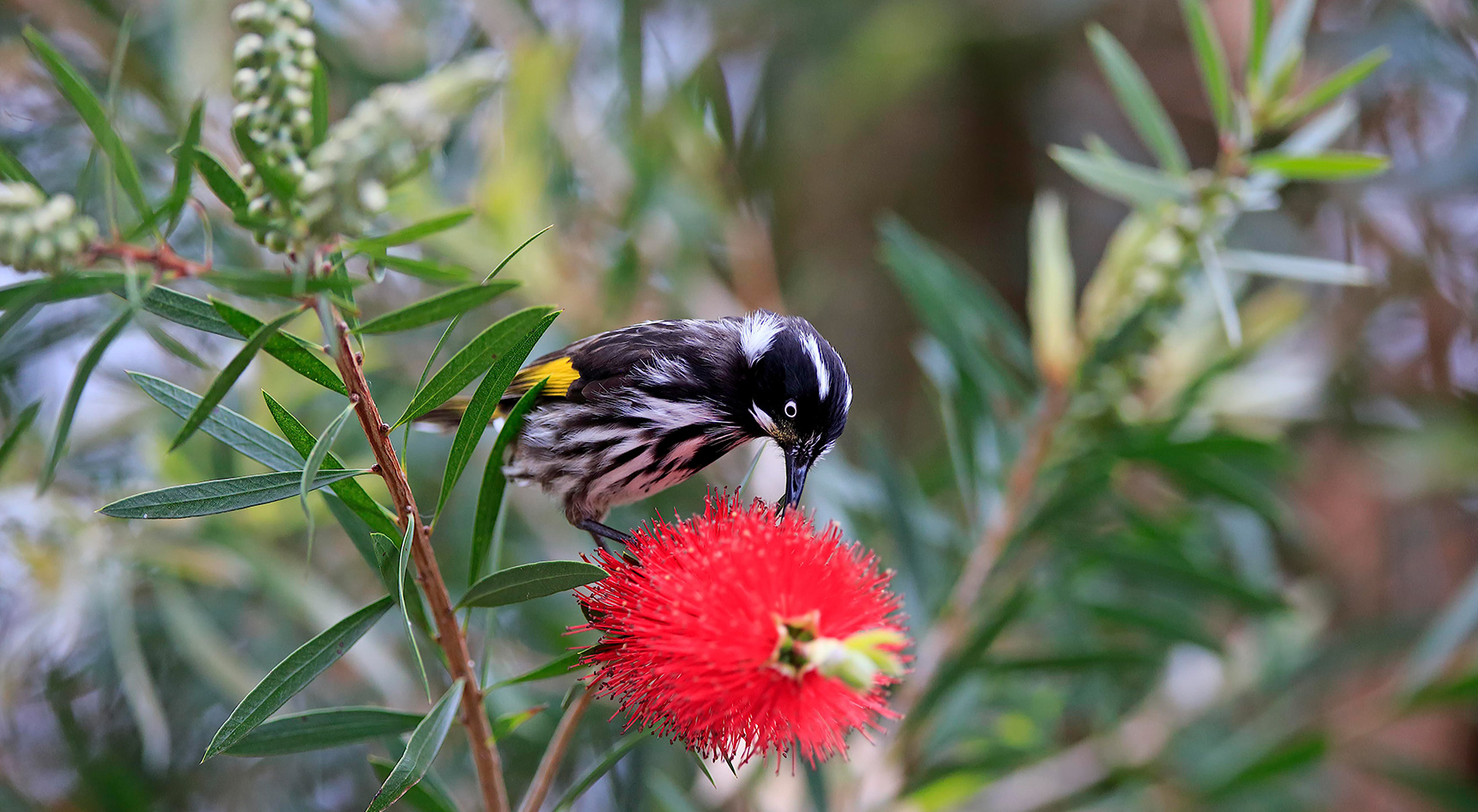
6. Pets, parties and summer storms
Loud sounds such as fireworks or thunderstorms can be a nightmare for dogs. The sound, light, smell and unpredictability can play havoc with a dog’s heightened senses of smell and hearing.
Dogs scared by loud noises may hide or cower, shake, salivate or bark excessively, or stick to you like glue. If they’re alone they’ll often do anything they can to escape your property, possibly injuring themselves in the process.
If your dog is scared of loud noises, and you’re expecting some, make sure they’re well-exercised and fed to help reduce their anxiety. When you’re home, try leaving your dog inside with the blinds or curtains drawn and distract them with toys and treats. Let your dog go to their favourite hiding place but never punish or comfort them for acting afraid. Hugs and special attention may reinforce your dog’s behaviour, so instead it’s best to act in a neutral, casual manner.
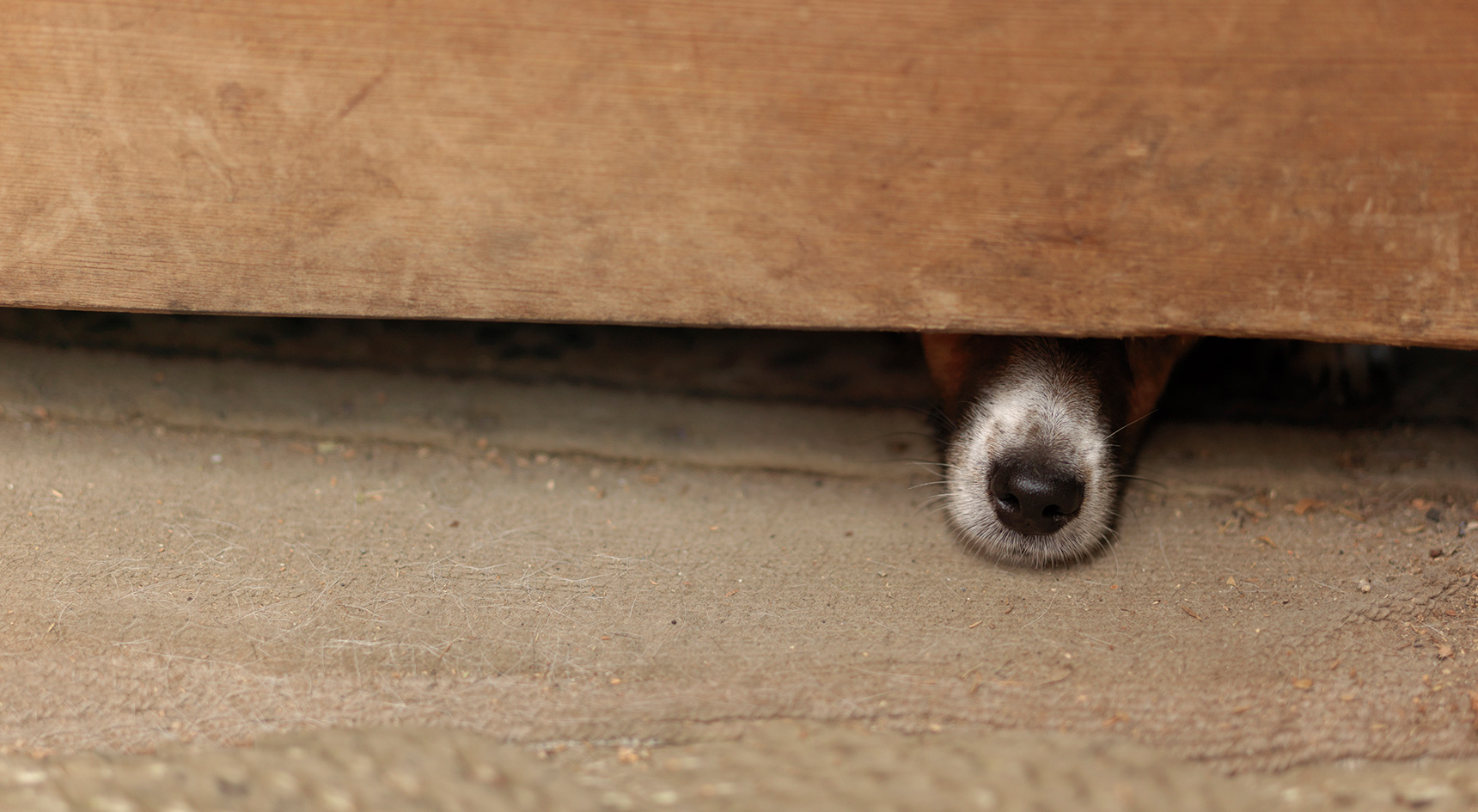
If you know your dog fears fireworks or thunderstorms, don’t leave them alone. There are tricks to try such as gradually desensitising your dog with thunderstorm sounds on Spotify or YouTube but speak to your vet if your dog’s having long-term trouble with noise phobias.